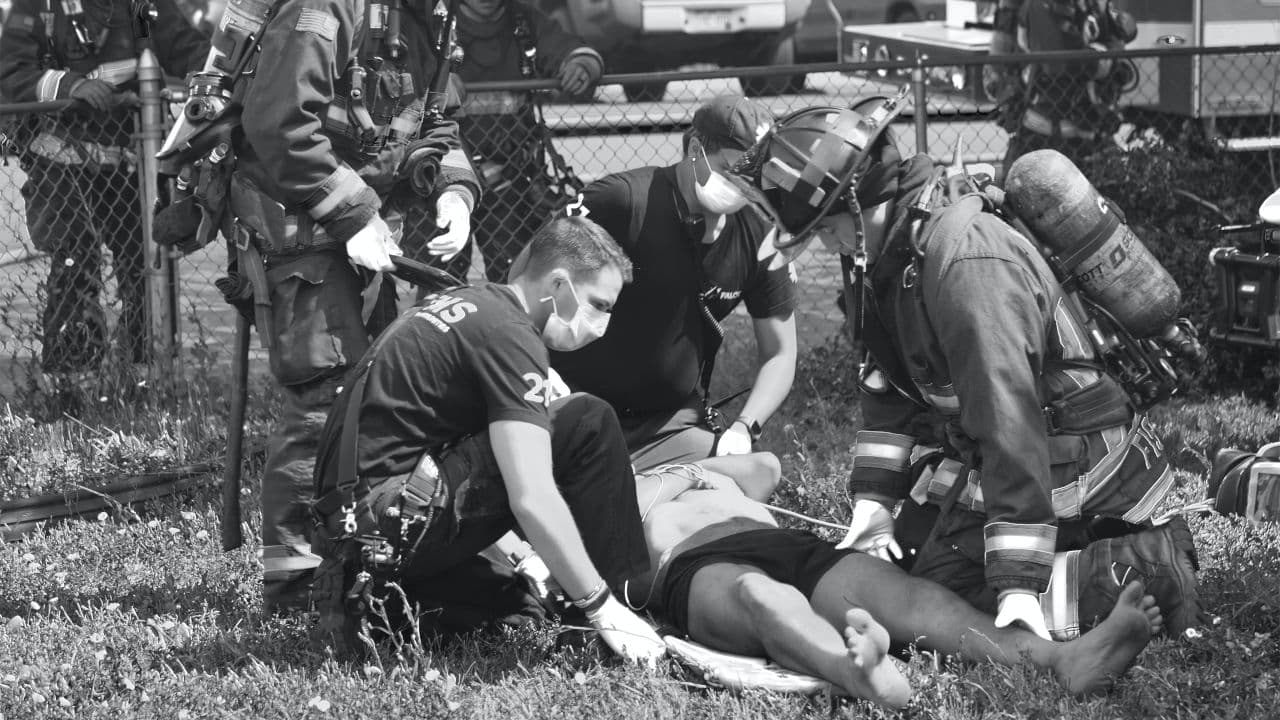Speeding can be a form of hostile behavior. It shows a driver’s neglect of the state’s law and disregard for the safety of other motorists.
Some people may attribute their excessive speed to lateness, while some do it for fun. Those who speed for the fun of it “feel alive” and they can become addicted to this dangerous act even after crashing several times or being chased down by the police.
Motorists who feel that the speed limit set for an area is indecorously low can also opt to beat the limit and speed. Regardless, one can safely say that speeding for most people is a choice.
Why Speeding is Dangerous
A 2022 fact sheets published by the WHO stated that “an increase in average speed is directly related both to the likelihood of a crash occurring and to the severity of the consequences of the crash.” They further explained that “every 1% increase in mean speed produces a 4% increase in the fatal crash risk and a 3% increase in the serious crash risk.”
The case of People v. Diaz is one of the many cases that illustrate the dangers of speeding.
In this case, the defendant had a group of friends in his car. He was warned by the other passengers in the car with him to slow down. He kept on speeding until he struck a curb and hit a pole as well as a fence. This incident caused the death of one of his friends in the car.
An accident reconstruction expert testified that the defendant was driving at approximately 102 miles per hour. He further affirmed that it appeared that he had pushed the accelerator to the floor.
This illustrates the unfortunate circumstances that could have been avoided if the driver wasn’t speeding.
Speeding, amongst other things, can cause the driver to lose control of a vehicle. A driver that’s speeding can have difficulty stopping the car in time, which reduces their reaction time and can cause an accident. Additionally, speeding can negatively affect the vehicle’s safety mechanism’s effectiveness, putting the drivers at risk.

When Speeding is Felonious
A felony is a criminal act, but driving in itself isn’t a felony. However, when the driving is related to reckless driving, destruction of property, causing injuries to pedestrians or other road users, or vehicular homicide, the driving can be considered felonious.
An example of such a case is that of Sierra v. State. In April 2006, the defendant was charged with felony DWI for driving recklessly and hitting a car, causing the occupants of the vehicle serious injuries.
A jury found him guilty, stating that he used his vehicle as a deadly weapon during the commission of the crime. He was sentenced to ten years in prison.
Another example of a driving activity that was considered felonious is the case of Walker v. State. In this case, Walker was charged with involuntary manslaughter by accident or mistake resulting from the operation of a motor vehicle while intoxicated. The jury made an affirmative finding that he “used” his motor vehicle as a deadly weapon in the commission of the offense.
However, felony speeding is charged in only a few states in the United States.
Visual Legal Strategy for High-Speed Accident Cases
When speeding causes an accident injuring others or causing death, either party involved in the case may want to prove whether or not speeding contributed to the crash. They do this by bringing in experts to investigate to see if the vehicle was actually speeding or not.
In the case of People v. Feezel, the defendant hit and killed a pedestrian. The defendant’s accident reconstruction experts investigated the case and testified his client would have had to have been driving 15 miles per hour to avoid hitting the victim. The plaintiff’s accident reconstruction expert also affirmed this. This shows that speeding wasn’t the leading cause of the accident.
However, in a case where there’s actual speeding, the expert can also bring that fact to light. In People v. Diaz, the accident reconstruction expert testified that the defendant was driving at approximately 102 miles per hour when he crashed.
The facts surrounding each of the above-stated cases can be illustrated with the aid of animation. An animation can serve as a visual legal strategy to describe any incident.
With animation, a driver traveling at an irresponsible speed, hindering other oncoming vehicles from spotting them early, can be illustrated. Blind spots of either party can also be shown in vivid detail.
This will help the jury to clearly understand whether or not the injury could have been avoided if the driver wasn’t speeding.
However, it’s worth mentioning that this animation will not be created out of the blue. Fact sheets and reports from the attorney and an accident reconstruction expert will be used to create the illustration and representation of the event. This is to make sure that it’s admissible.
Conclusion
Only a crash animation company with experience in creating admissible graphics can accurately depict this scenario in court and help the jury’s understanding of the explanation of the expert witness.





